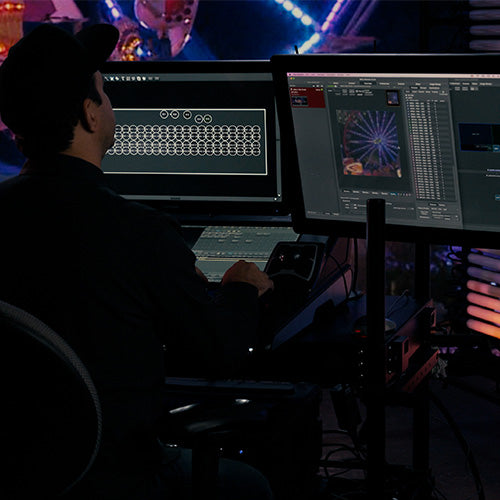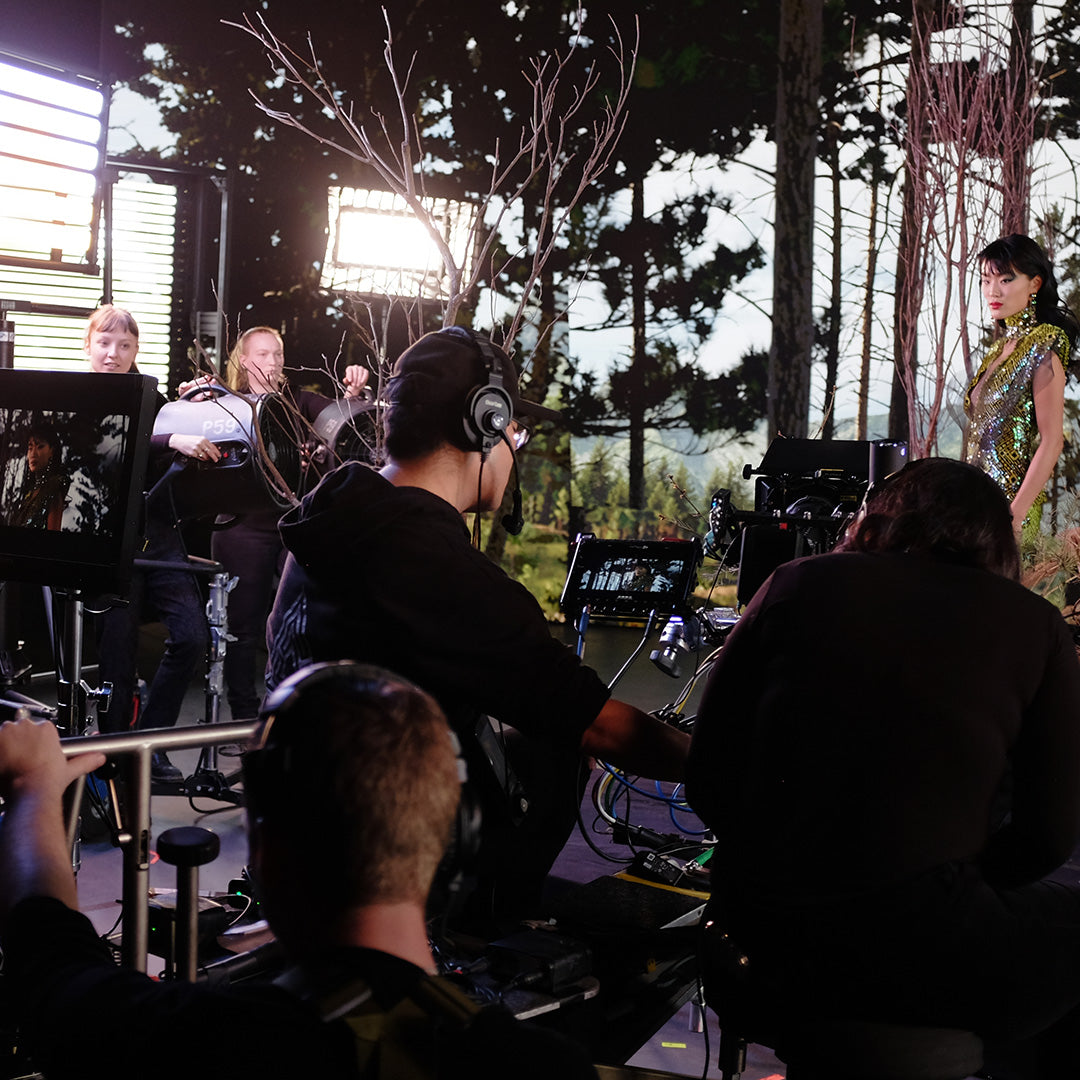Color Control & Science
Lighting: Color and Control
It’s hard to imagine a set today without LEDs. Their explosive success in the motion picture industry worldwide cannot be overstated. What just a few years ago was a novelty item, an expendable used for practical lighting (the best under cabinet light ever!) is now an indispensable tool for set lighting. The efficiency, utility, versatility and saturated color options have seduced technicians and craftspeople of all stripes. Sometimes while kicking and screaming.

But the romance isn’t without its own squabbles. The very success of LEDs has introduced some pervasive challenges of their own. Mostly with color and rendition.
Every manufacturer who makes an LED fixture has their own design and technical specifications. This goes a lot further than the position of the on/off switch, or what the user interface looks like. The actual light emitted from each and every different unit can be unique to each manufacturer. Thinking xy here will get you xy there will very likely leave you somewhere muddled in the middle.
You have experienced this, no doubt. I know we have, professionally... and personally. But that’s for another post.
A Little Bit of Science
If lighting is our craft, then understanding the thin band of electromagnetic radiation that we call visible light is more urgent than ever. To start, we must look at the CIE 1976 Color Space.
The entirety of visible light is represented here. Any RGB LED fixture can only have a color gamut within this space. And connecting those red, green and blue points within this color space determines the triangular color gamut of any particular fixture.
Within the color space, the black body curve delineates the path of what we generally call “white” light, where the correlated color temperature (CCT) goes from warm to cool.
(This color graph is CIE1976. The original was constructed in 1931. The perimeter line depicts the colors represented at specific wavelengths, which range from 380 to 700. Color coordinates are plotted along the xy axes)


The entirety of visible light is represented here. Any RGB LED fixture can only have a color gamut within this space. And connecting those red, green and blue points within this color space determines the triangular color gamut of any particular fixture.
Within the color space, the black body curve delineates the path of what we generally call “white” light, where the correlated color temperature (CCT) goes from warm to cool.
(Withing the gamut of visible color, the black body curve delineates the area of “white” light. Along the curve, corelated color temperatures (CCT), as depicted with black hash marks, indicate the color temperature. The dotted line indicates the color path when blending two points that lie on the black body curve, in this case 2000 and 6000.)
Blending white diodes of different color temperature pushes you off the black body curve, and into the realm of color. The farther apart the color temperatures, the deeper the color will drift, as any blending results in a direct line between the two points


Spectrums
LEDs have also piqued our awareness of mapping the spectral fingerprints of our light sources. Gone are the days when we could rely on consistent, full spectral output from our light sources, of which we generally had only two: tungsten and HMI. And yes, Flo would show up now and then. For all intents and purposes, every tungsten filament emitted the same quality of light, that is to say, had the same spectral fingerprint. HMIs varied a little more, but were still very consistent.
(The spectral fingerprint of a tungsten fixture. Note the full spectrum, where every wavelength is represented.)


LEDs, on the other hand, have very different spectral outputs, with RGB LEDs having particularly deficient spectral fingerprints.
(Typical RGB spectral fingerprint. Please note the spikey nature and wide areas where no wavelengths exist at all. This contrasts sharply with the full spectrum of tungsten, with attendant results when reflected off subjects.)
Additionally, today's LEDs lack the consistency of more traditional lights. Each has their own color space. Each has their own diode compound mixture, where for example, red in one manufacturer will be slightly different than red in a second manufacturer, and each can have their own diode combinations: RGB, RGBW, RGBWW, RGBA, RGBAW. Consistency is not the order of the day thus far. Yet we still need to use multiple light fixtures from different manufacturers on the same set, often lighting the same subject.

And we have not yet mentioned the elephant in the room: Virtual Production.






